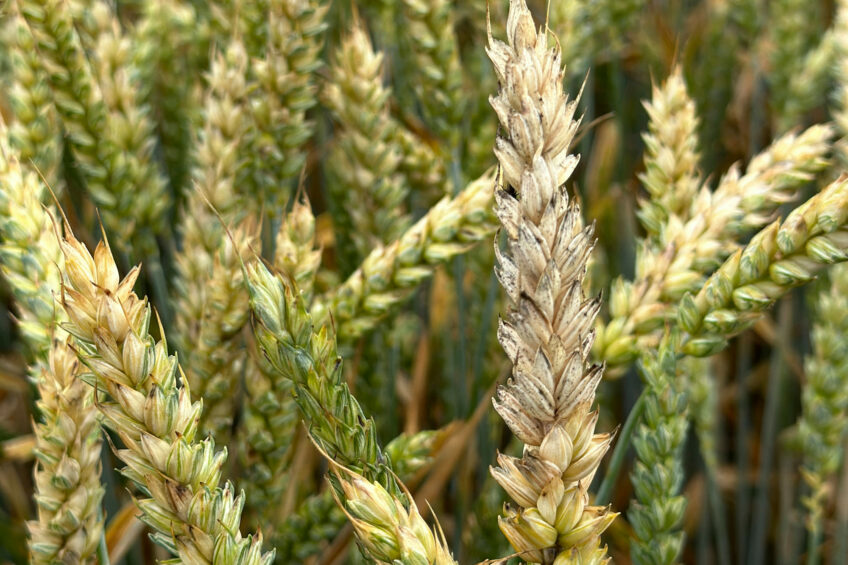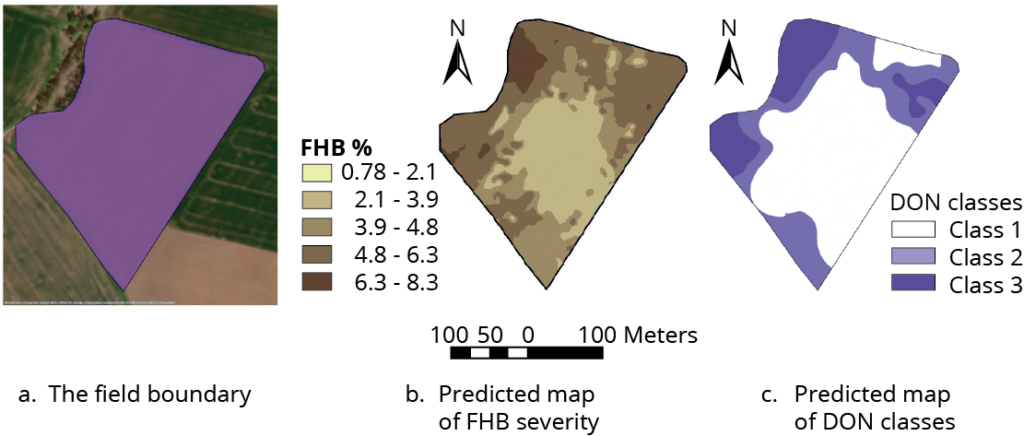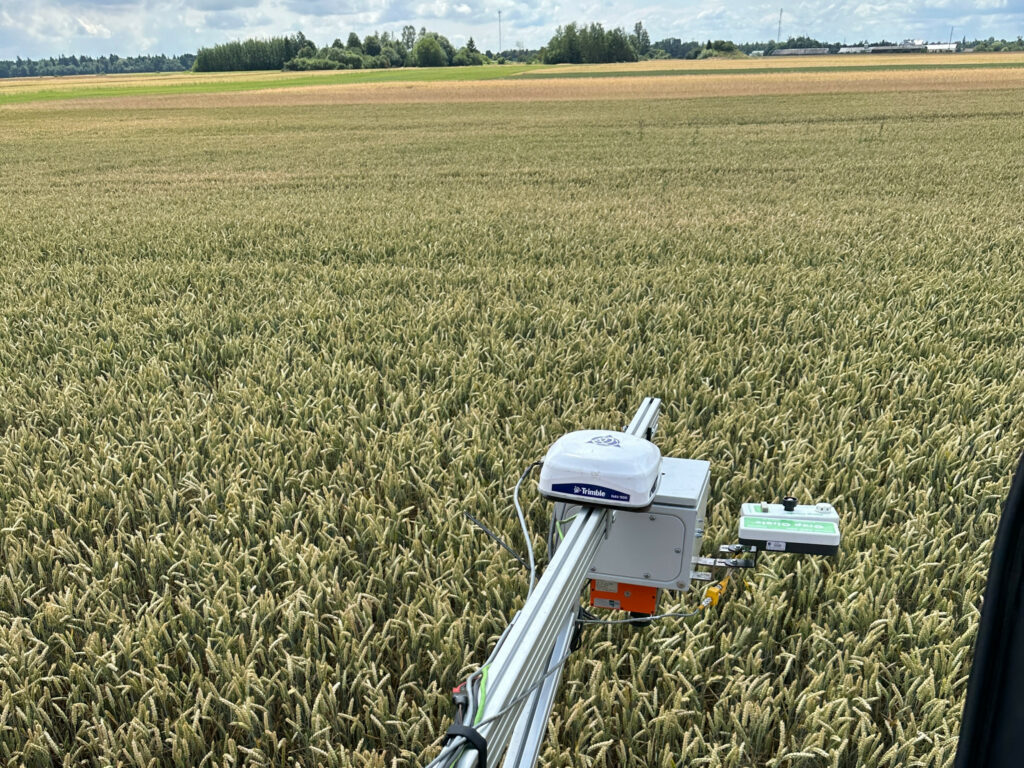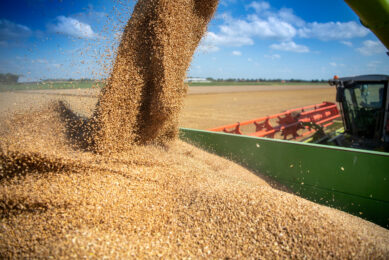The potential of spectroscopy techniques in agriculture

Advancements in smart agricultural technology are providing powerful tools to address critical challenges in crop production. Among these, Fusarium head blight (FHB) presents a significant threat to cereal crops, reducing yields and contaminating grains with deoxynivalenol (DON), a harmful mycotoxin. Traditional methods of detecting FHB and DON are labour-intensive, time-consuming, expensive and limited in scale. However, spectroscopy techniques paired with machine learning are revolutionising real-time monitoring and mapping of FHB and DON directly in the field.
MYCOTOXINS 2025: Utilising technology to detect & mitigate – read all articles
Wheat is a staple crop for billions worldwide but is susceptible to FHB, a fungal disease caused by Fusarium graminearum and related species. This disease reduces yield and grain quality while producing DON, which poses health risks to humans and animals. DON contamination is strictly regulated in the European Union, but it persists in both processed and unprocessed food products, as it cannot be eliminated through conventional methods like heating or freezing. Early detection and management of FHB and DON are therefore crucial to safeguarding food security and public health.
Shortcomings of traditional methods
Conventional approaches for detecting FHB and DON include manual visual inspections and laboratory techniques such as high-performance liquid chromatography (HPLC) and gas chromatography (GC). While accurate, these methods are resource-intensive, time-consuming, and impractical for large-scale applications. The need for innovative, scalable, and non-invasive solutions is evident.
Spectroscopy: A transformative solution
Spectroscopy techniques, particularly hyperspectral imaging (HSI), have emerged as a promising alternative. HSI combines imaging and spectroscopy to capture detailed spatial and spectral information, enabling the identification of subtle differences in crop health. This technology allows for real-time, large-scale mapping of FHB and DON, addressing the limitations of traditional methods.
Figure 1 – Mapping of DON and FHB based on the advanced hyperspectral imaging and machine learning.

Case study: Hyperspectral imaging in action
A recent study demonstrated the capability of hyperspectral imaging (HSI) for detecting and mapping Fusarium Head Blight (FHB) and deoxynivalenol (DON) contamination in wheat fields in Belgium and Lithuania (Figure 1). Using a hyperspectral camera mounted on a tractor, spectral data across multiple wavelengths were collected, enabling a detailed analysis of crop health and contamination levels. Advanced machine learning models were applied to analyse the data. For FHB detection, Extra Trees Regression (ETR), Random Forest Regression (RFR), Support Vector Regression (SVR), and a one-dimensional convolutional neural network (1DCNN) were utilised, with ETR achieving 80% accuracy in predicting infected wheat ears. For DON classification, Light Gradient Boosting Machine (LGBM) and Decision Tree Classifier (DTC) were employed, with LGBM achieving an impressive 90.5% accuracy. The classification of DON contamination was based on thresholds aligned with EU regulations, dividing contamination levels into 3 categories, namely, Class 1 for human consumption, Class 2 for animal feed, and Class 3 for biofuel production. This approach enabled precise spatial mapping of DON contamination hotspots, highlighting the immense potential of HSI for providing real-time, actionable insights. By integrating hyperspectral imaging with machine learning, this study demonstrates a scalable and non-invasive solution for targeted disease management, offering farmers tools to optimise harvesting strategies while ensuring food safety.

Advantages of spectroscopy in agriculture
Spectroscopy offers several advantages over traditional methods:
- Non-destructive analysis: Enables disease detection without damaging crops.
- Real-time monitoring: Provides immediate feedback, facilitating timely interventions.
- Spatial mapping: Identifies hotspot areas, supporting selective harvesting and site-specific fungicide application.
- Scalability: Suitable for extensive agricultural applications, from small farms to commercial operations.
- Precision agriculture: Integrates with GIS and advanced analytics to optimise farm productivity and reduce environmental impact.
Challenges and future directions
Despite their promise, spectroscopy techniques face hurdles such as high capital costs, data complexity, and field condition variability. However, continuous advancements in machine learning and data integration are expected to address these challenges. Future research will likely focus on expanding the application of spectroscopy to other crop diseases and toxins, ensuring sustainable global food systems.
Empowering farmers
Spectroscopy techniques, combined with robust machine learning models, represent a game-changing innovation in crop disease management. By enabling real-time, in situ measurement and mapping of FHB and DON, these technologies empower farmers to enhance crop yields, improve food safety, and reduce environmental impact, ensuring a resilient agricultural future.
Authors acknowledge the funding received for POSHMyCo Project (Grant No. 862665) under the ERA-NET, ICT-AGRI-FOOD 2019 Joint Call for proposal, and the Research Foundation – Flanders (FWO) (Grant No. G0H7120N).






